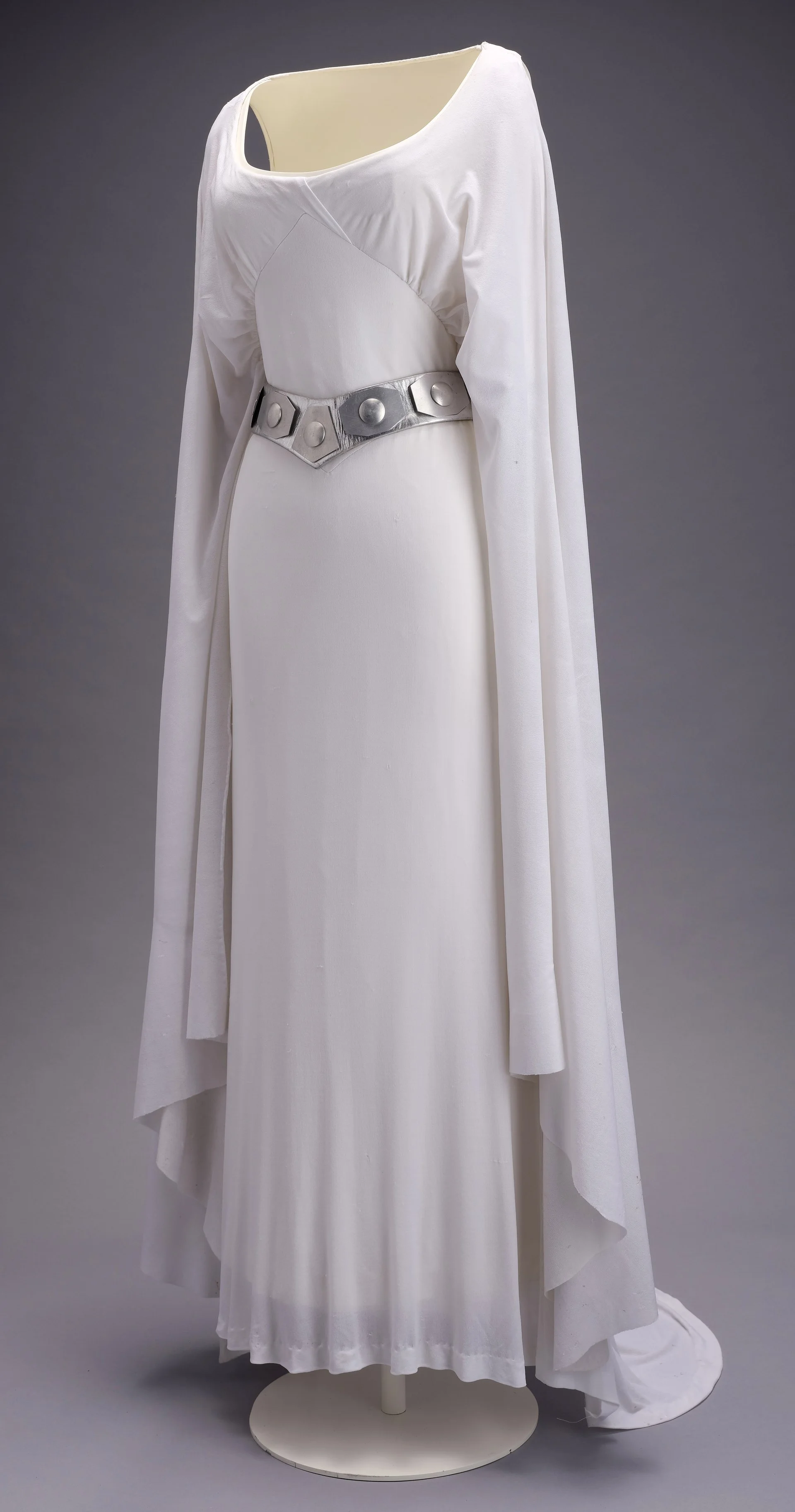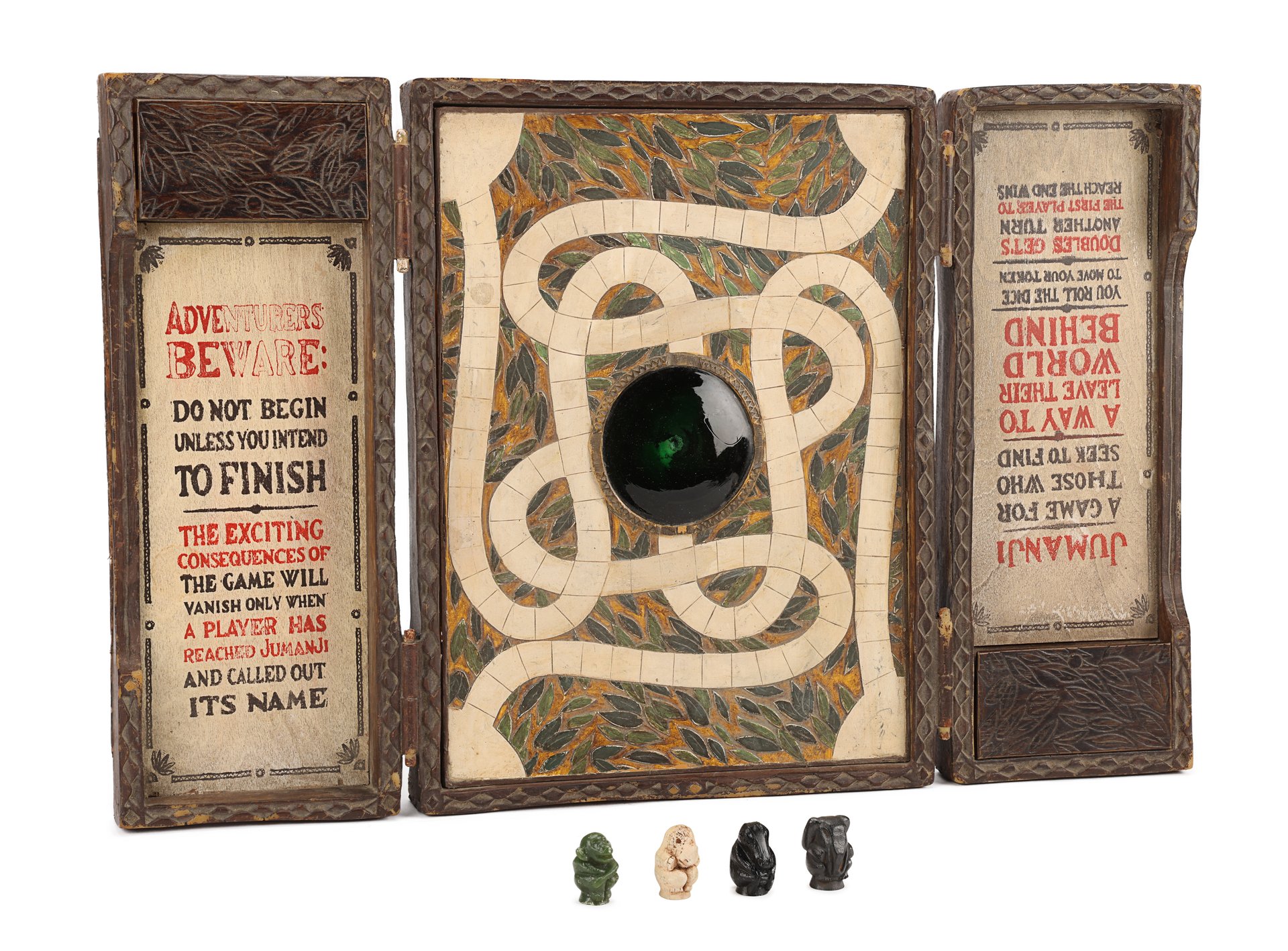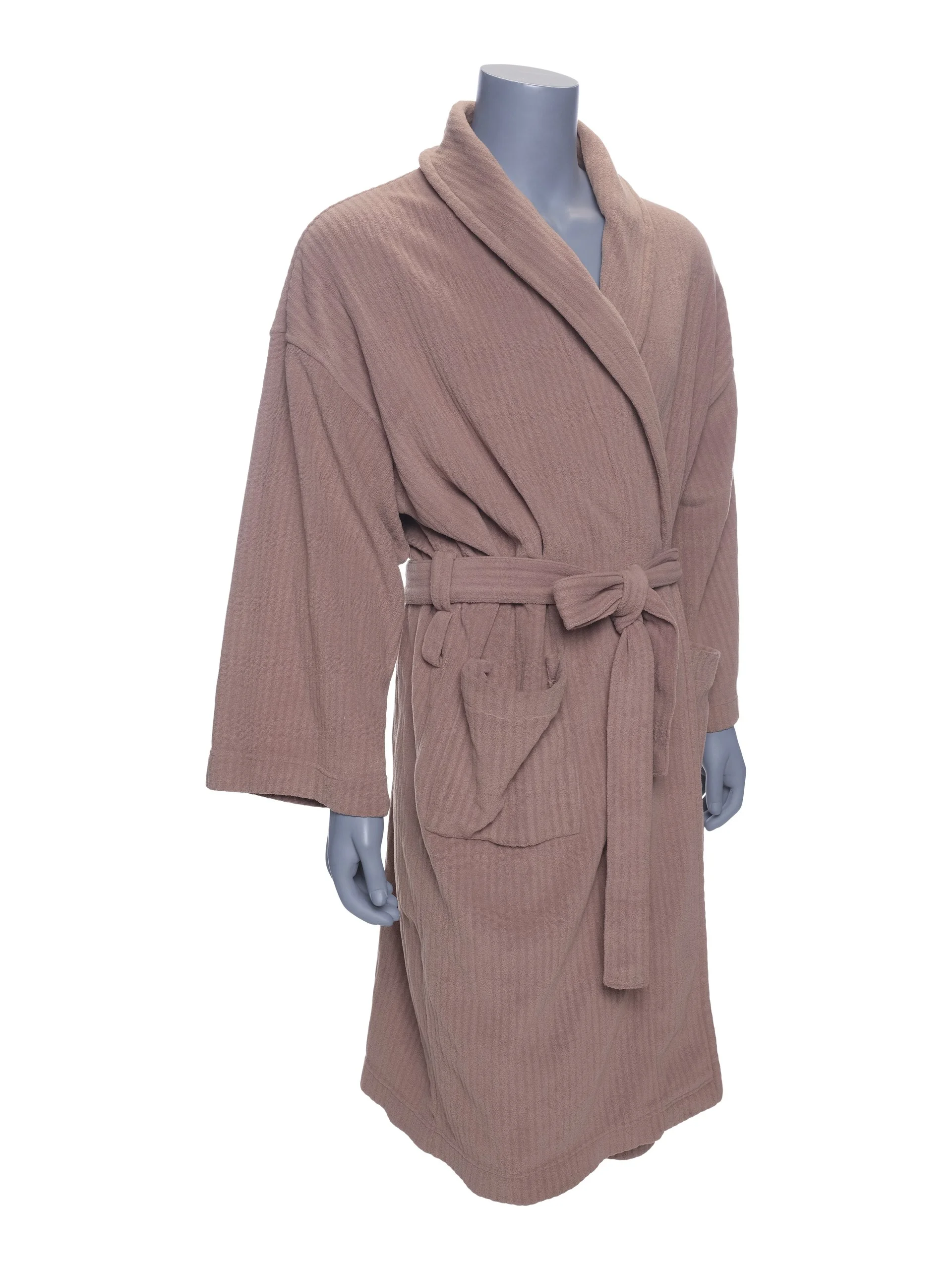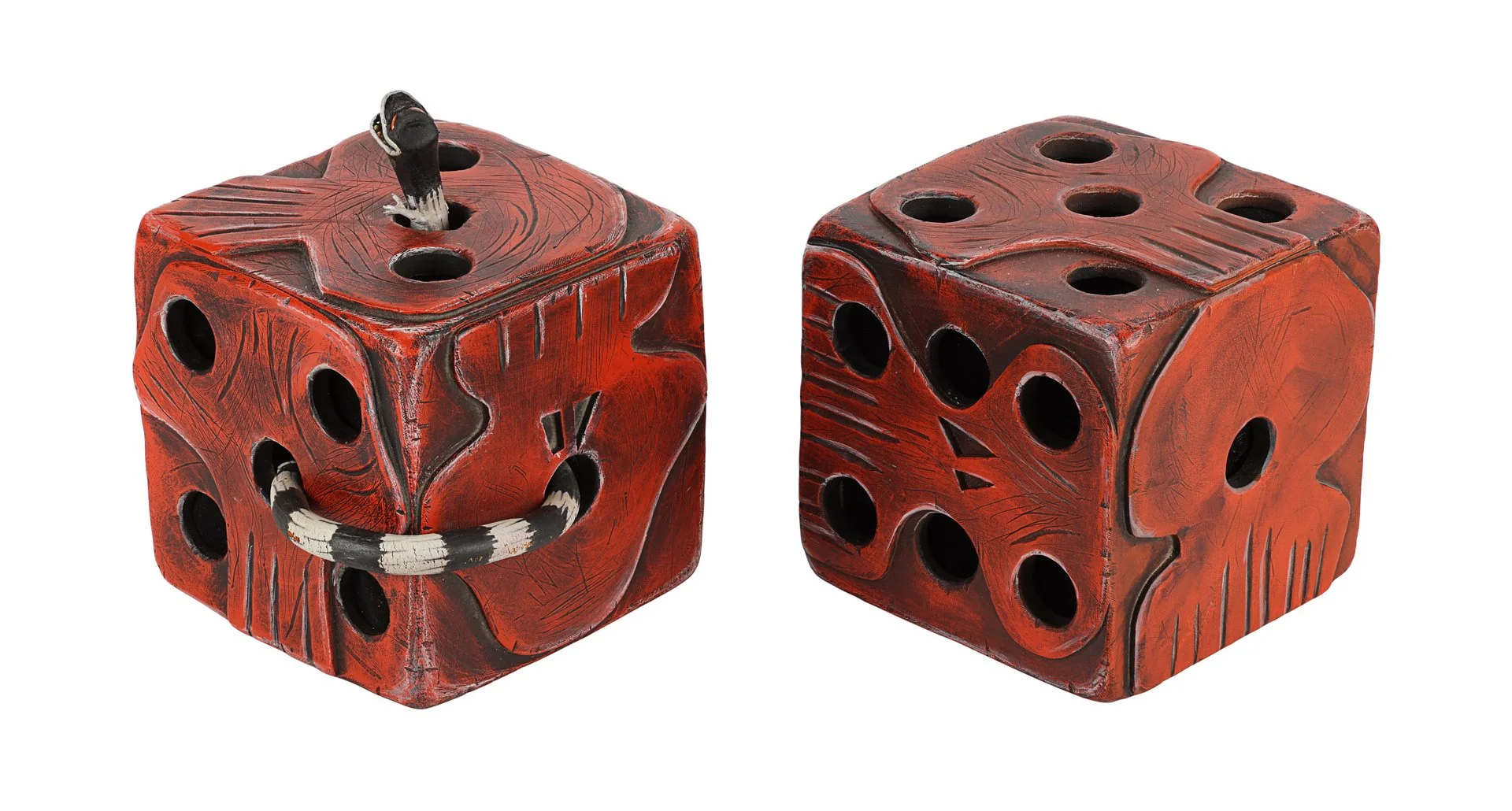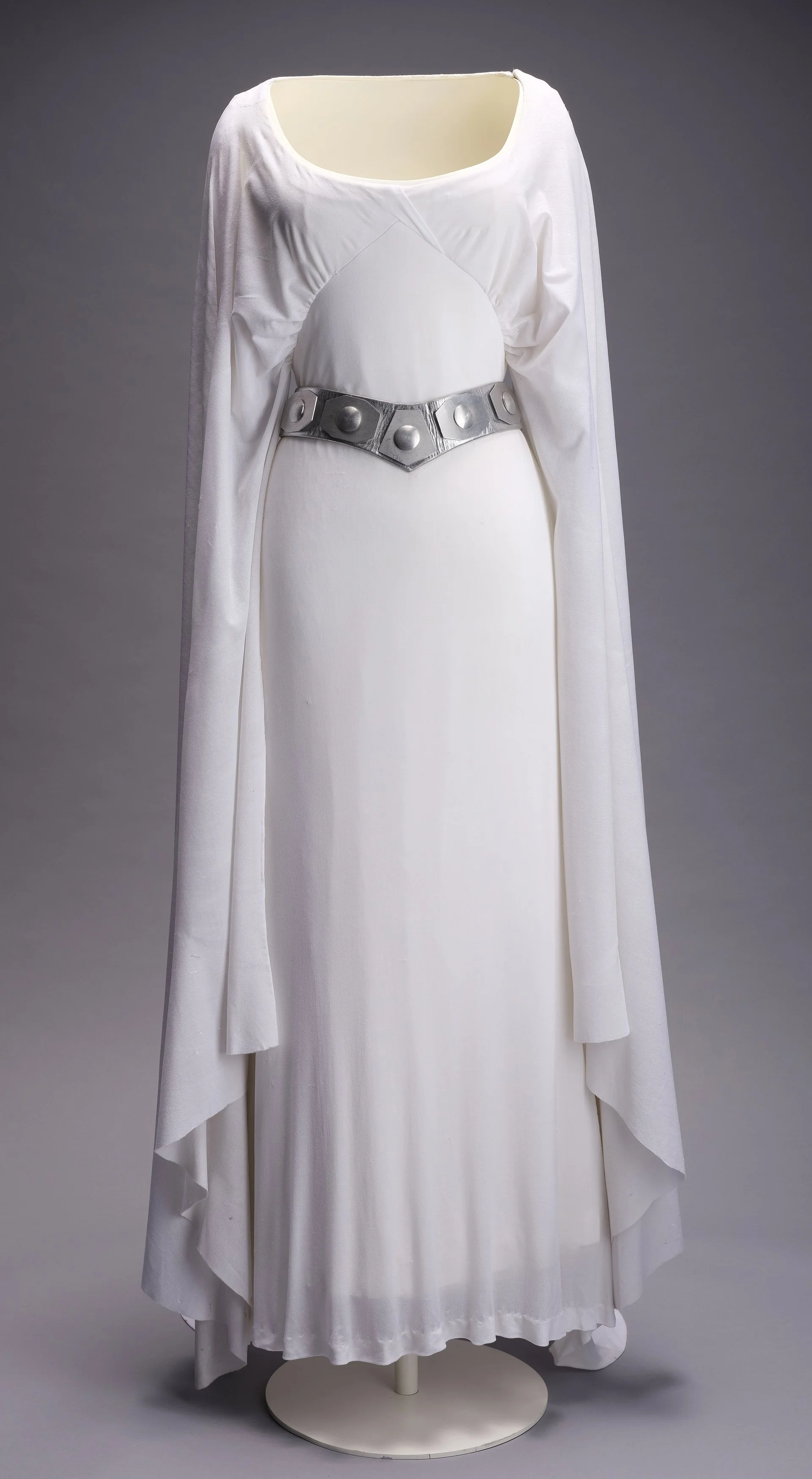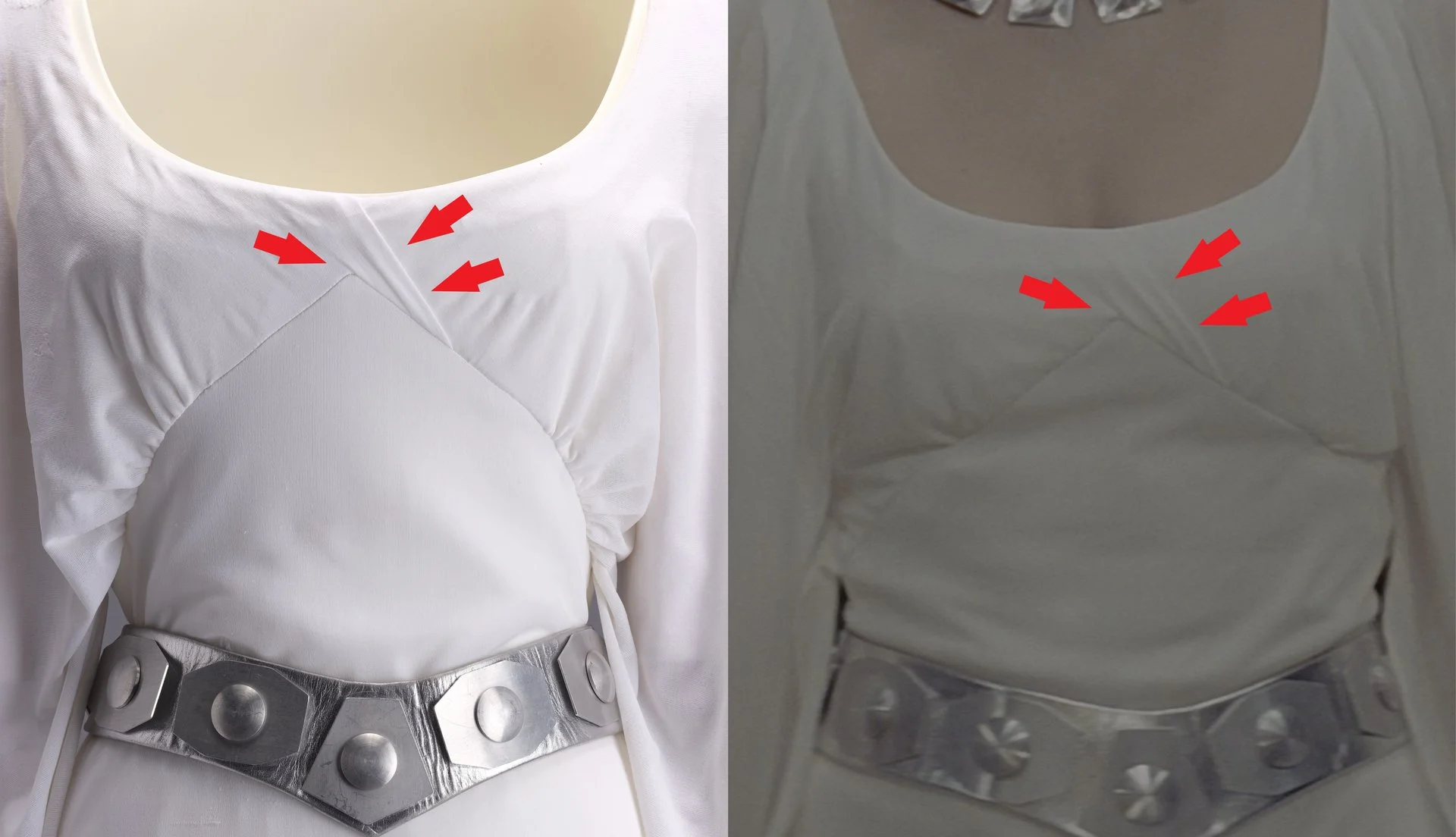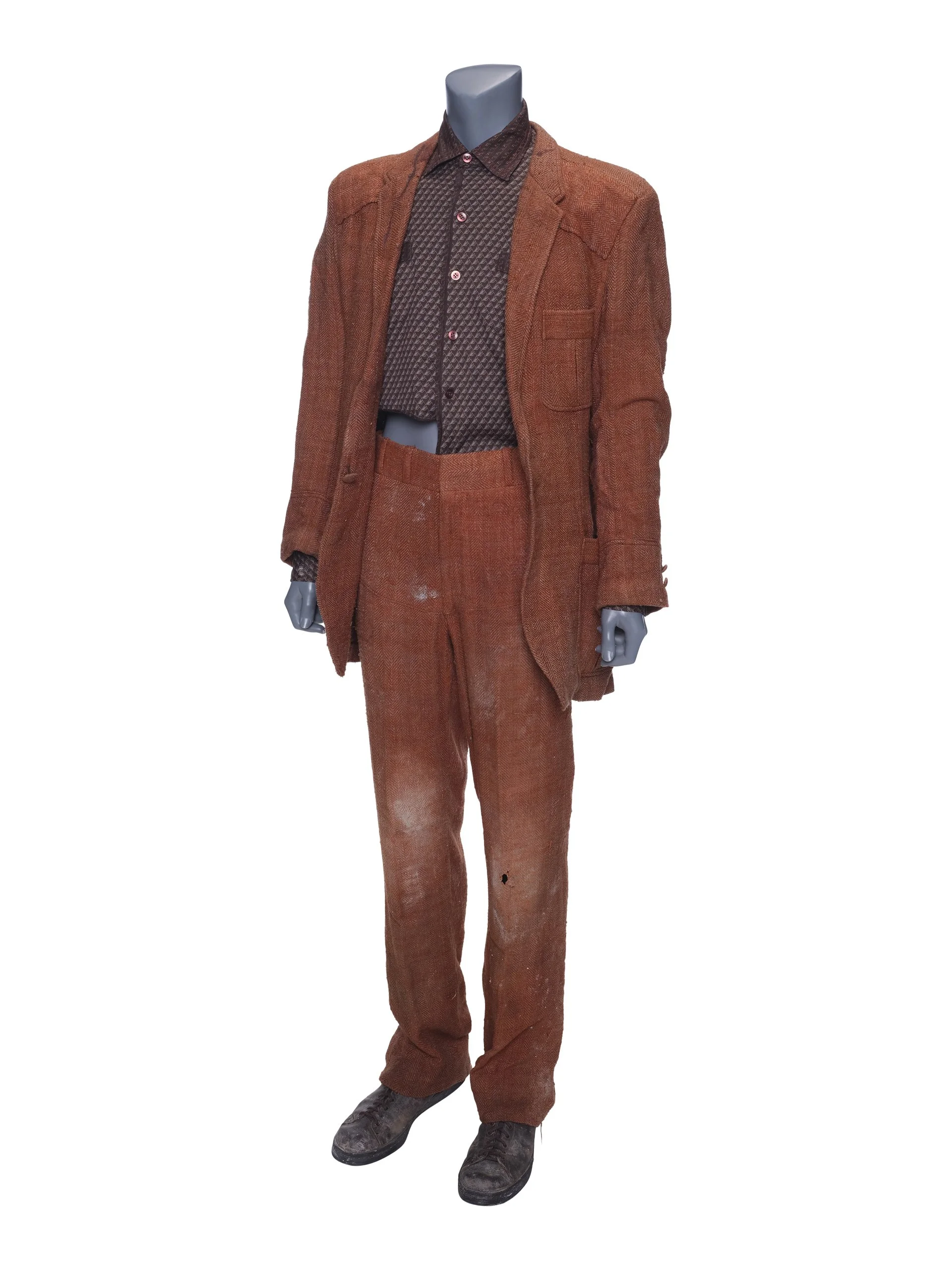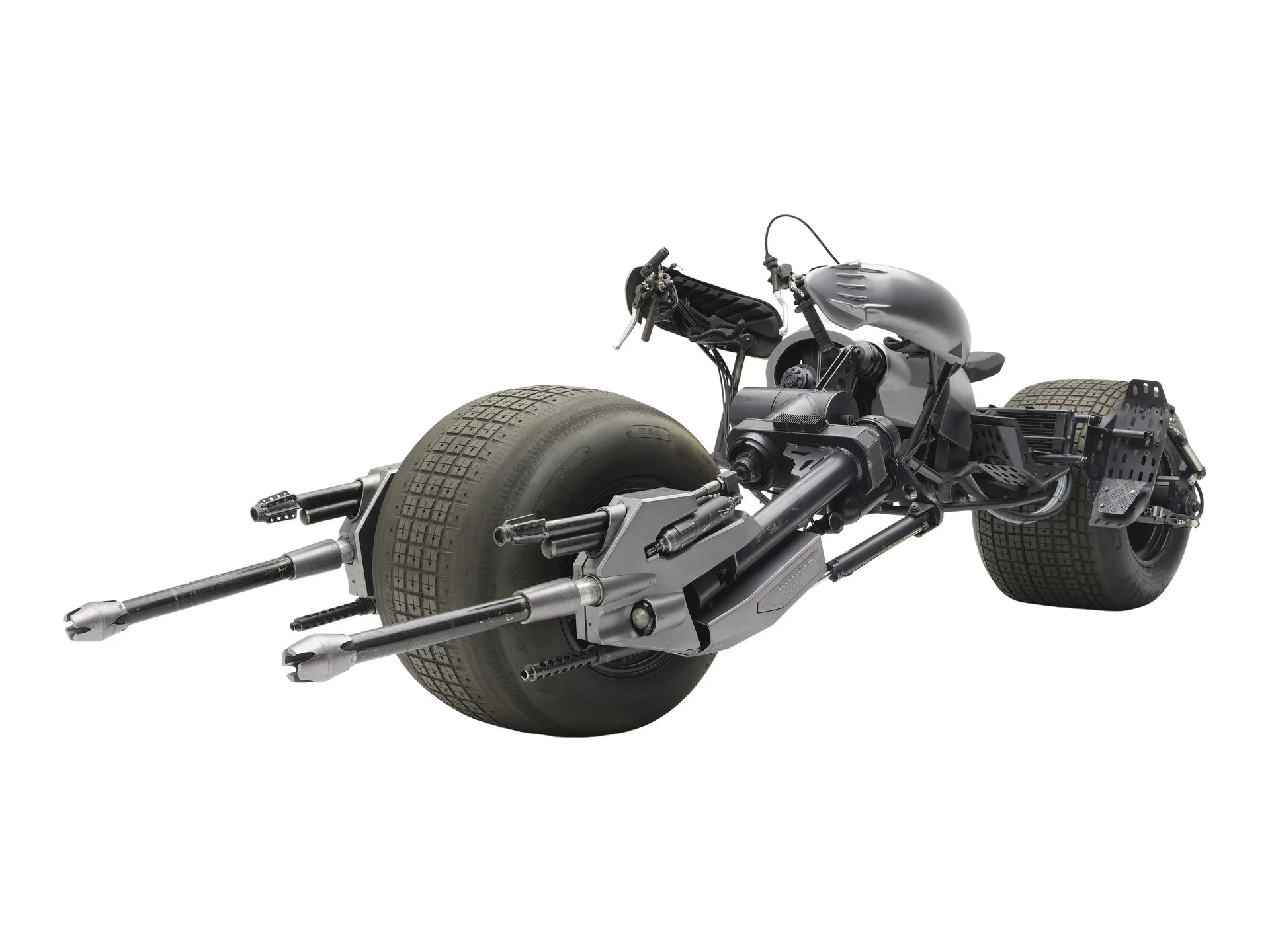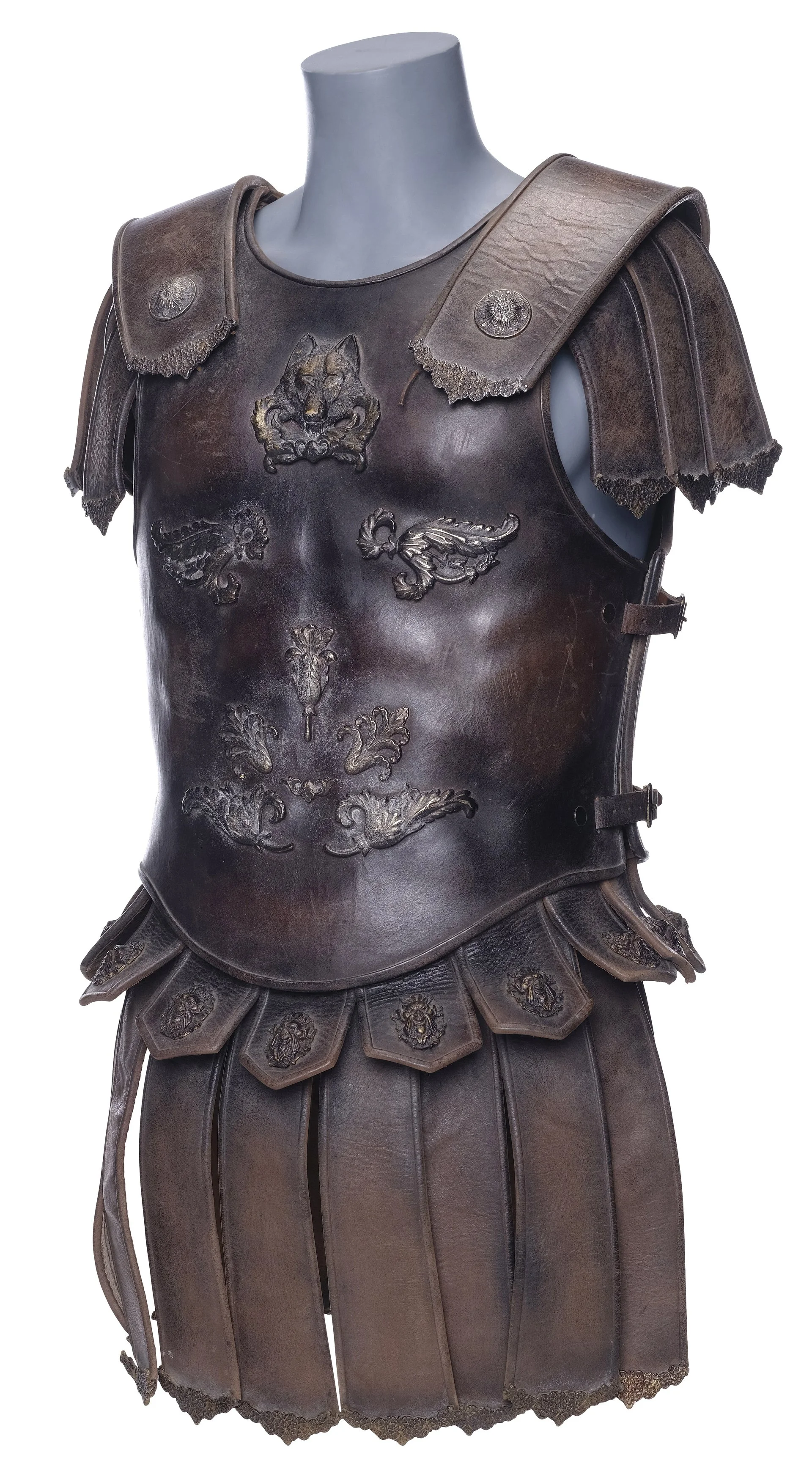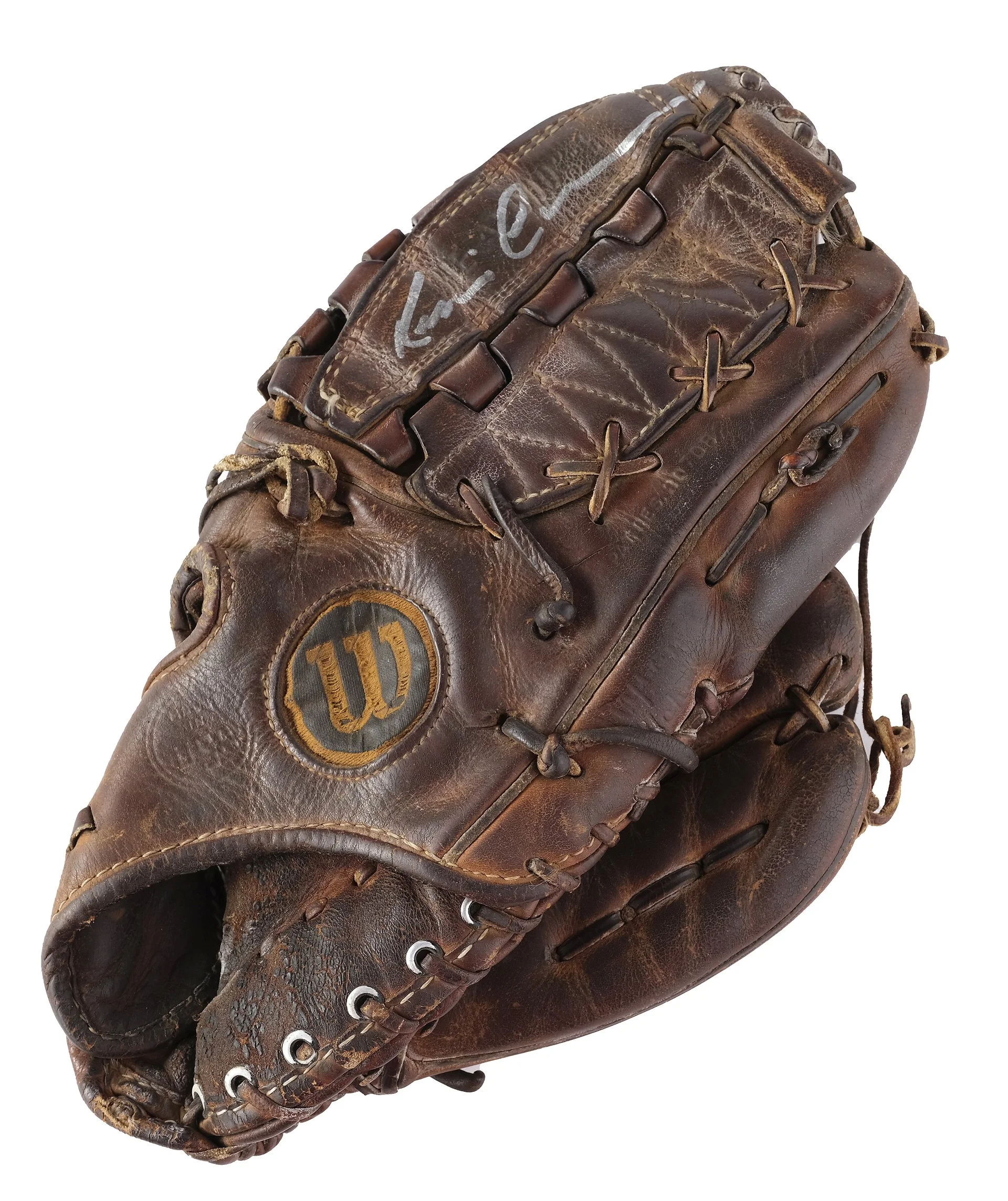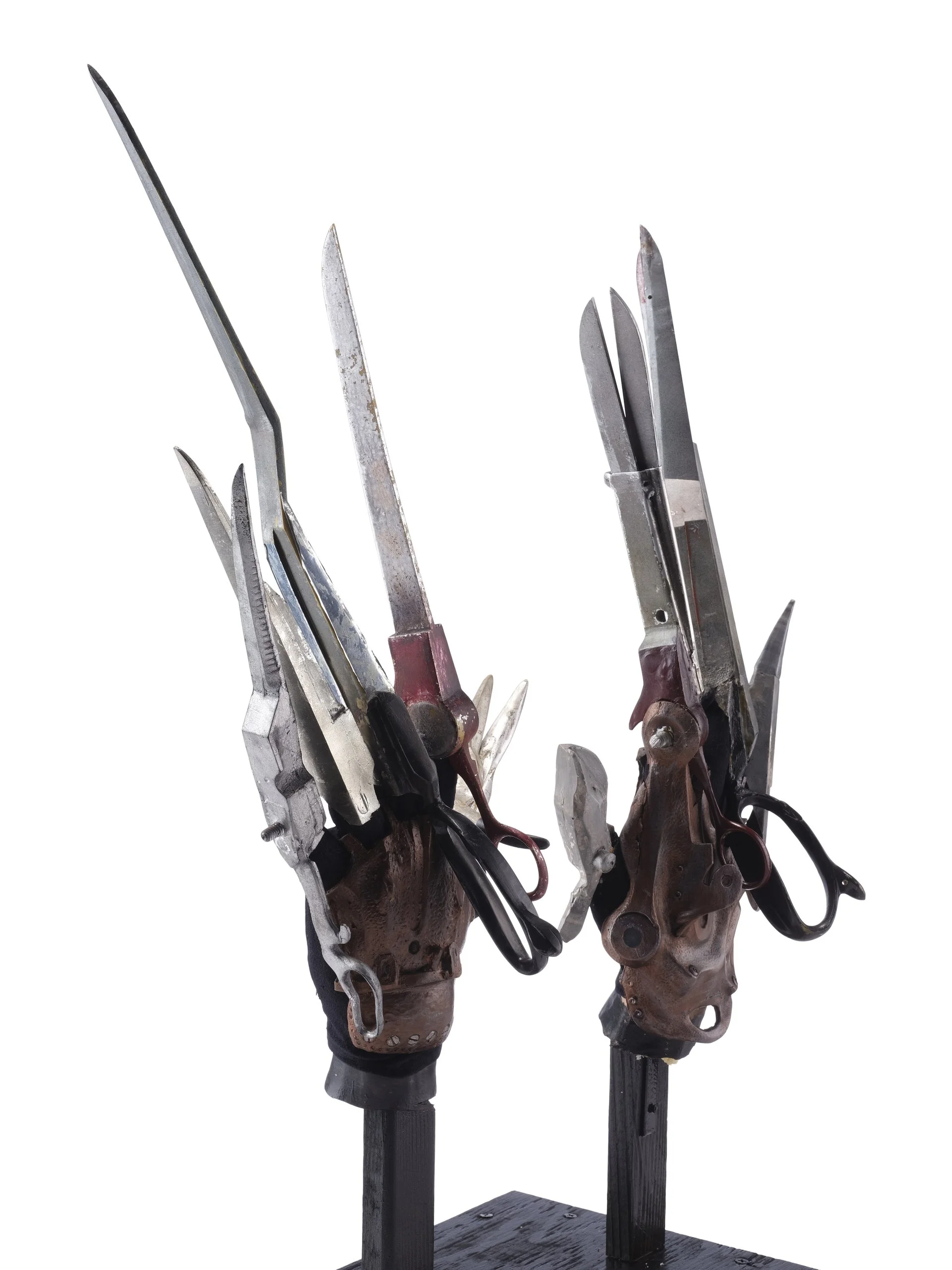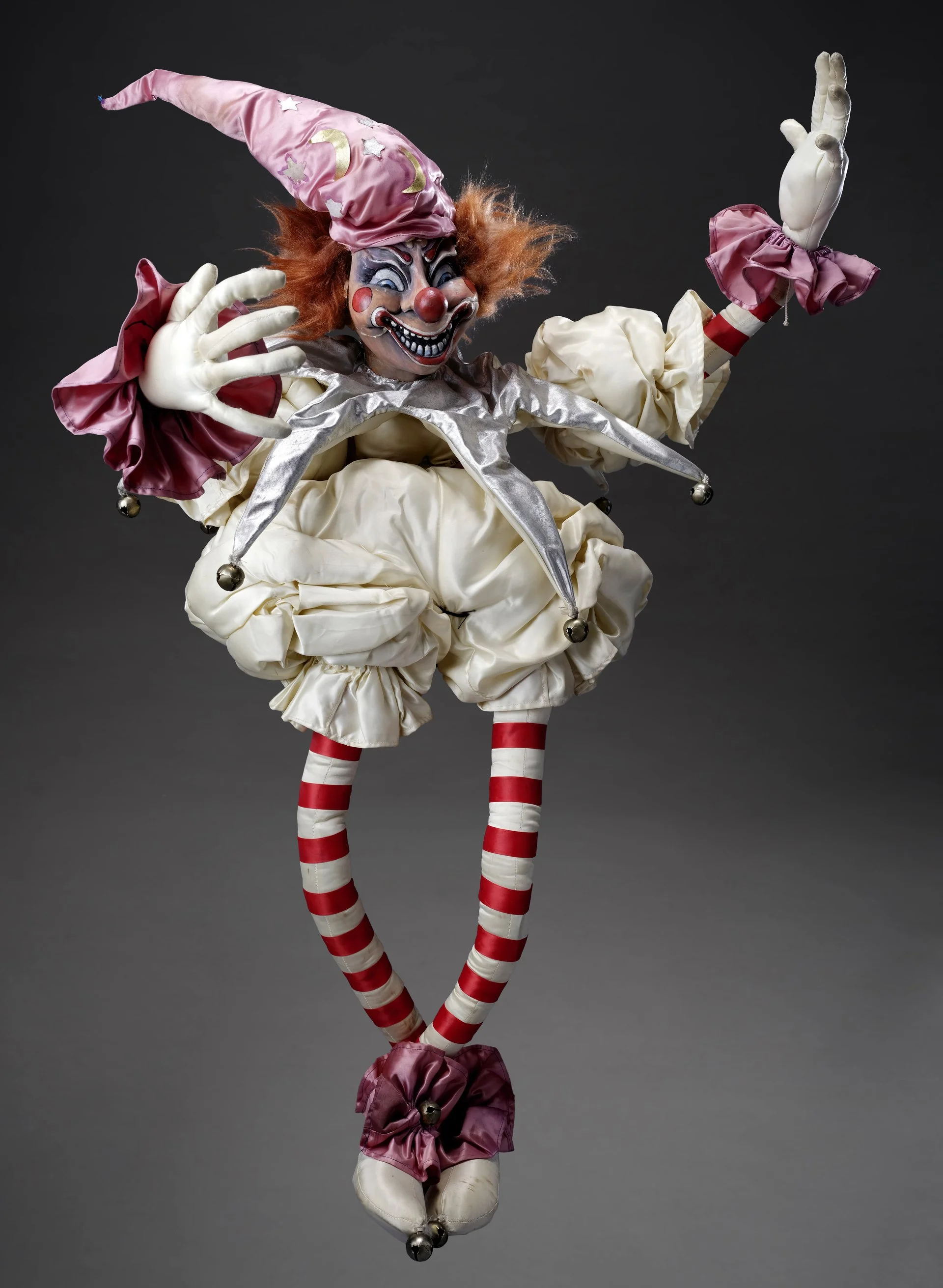Propstore Auction: Los Angeles 2023
by CHAD KENNERK
Since 2014, Propstore has regularly hosted live auctions featuring some of cinema’s most coveted costumes and treasures. Last year, Film Review spoke with the Founder and CEO of Propstore, Stephen Lane, about the history of the company and the November London live auction. The results of that auction saw Andy Dufresne's (Tim Robbins) screen-matched ‘rockhammer bible’ from The Shawshank Redemption sell with a winning bid of £387,500.
The company continues to break auction records year after year, and this June’s Los Angeles live auction is expected to continue the tradition. Sorting all 1,028 lots by the highest estimated price in the current Propstore online catalogue, reveals some of the most iconic props and costumes from the last 50 years of film history. And that’s just on the first page. This time around the winner of that Shawshank bible even has the opportunity to purchase a rock hammer from the film that would fit perfectly inside last year’s purchase. In advance of the upcoming auction on 28−30 June, Film Review chats with Propstore’s Brandon Alinger about his background as a collector and the upcoming sale.
In conversation with Brandon Alinger, Chief Operations Officer of Propstore.
Film Review (FR): How did you first get involved with Propstore?
Brandon Alinger (BA): Propstore was one of the very first companies dealing in film props and costumes professionally. It was founded in 1998 by Stephen Lane, who's from the UK and founded the business there. I met Stephen around 2004, because I was a collector of film memorabilia myself. I was getting into it, doing a lot of research, and learning a lot. I went to the UK for the first time to pick up some props that I had arranged to purchase in a deal. I went to Propstore in London for the first time and loved everything about it. I thought they had the best content. It looked like an amazing place to work. I stayed in touch with Stephen and a couple years after that, we came up with a plan together to open the Los Angeles office of Propstore, which we did in 2007. I made the transition from a collector to someone working in [the industry] professionally. That was about 16 years ago.
(FR): Do you still collect?
(BA): A bit, yeah. I still love the content and, in a way, when you're an auctioneer, it's all yours for a window of time. Then it goes on to its new home. I love seeing what turns up. One of the most fun parts of this entire process for us, is the element of discovery. We love finding new pieces. We love it when things come out of the woodwork, things that have not been seen before, etc.
(FR): That sounds like a dangerous job for a collector, with so many unique pieces coming into your hands.
(BA): It is a little bit like that, but we've got to keep the business prioritised. That’s the number one thing, obviously. We've got a lot of overhead, staff to pay for, we’ve got to keep the lights on. So we keep the train moving forward with the auctions.
(FR): Many of the items in this sale have the coveted ‘screen-matched’ status. For those that may not be aware, what does screen-matched mean?
(BA): Screen-match was born out of the authentication process. Film productions almost always have multiple examples of a given prop or costume for a variety of reasons. Number one is just the security of the overall production. If you have a $200 million movie and you have a crew of 300 standing around a film set, you can't hold that up because they can't find a piece of the costume or a prop. Basic common sense dictates that you're going to want to have backups, in case something happens. Something might break. Who knows what could happen on set. I've heard prop masters use the phrase ‘One is none’, which means you've always got to have a backup, essentially. They will also build multiples for the purpose of different units. They might have a first unit and a second unit that are filming at the same time which each have their own prop and costume requirements. And of course, stunts. Stunt performers may have their own costumes or props made. There may be specific special effects versions of props, like a retractable sword, as opposed to a ‘hero’ sword. The ‘hero’ being the one that tends to be seen in close-ups for a beauty shot. The retractable sword would be used for an action shot, where it's actually being stabbed into someone.
(FR): How does screen-matching play into both the valuation and authenticity of a piece?
(BA): We take authenticity very seriously at Propstore. Authenticating the content is a big part of the process. It's a combination of understanding the piece’s history, its physical construction, and looking at it on screen. Basically making comparisons to the item in hand and the one that we have on screen. Sometimes, you're able to do what we call a screen-match, which basically means that, by some unique tell or trait, you can place this item exactly on the screen. With costumes, sometimes you have pinstripe suits, and you can look at the way the pinstripes come together on a sewn seam, like a pocket, or shoulder, or lapel. You're looking at the way the lines intersect each other. Unless you have the exact same suit in hand, it's very unlikely that everything would fall together in exactly the same way. Another good example is a prop made out of wood, or say a desk that has wood grain in it. Obviously, the woodgrain is unique and if you can look at the screen and see the exact same woodgrain, then you can feel confident that this piece is screen-matched. A lot of times we're using damage to screen-match something, so you'll go, ‘Oh, I can see there's a scratch here, and there's another scratch there. There's a chip of paint missing here.’ It's basically doing a side-by-side comparison, much like a forensic analysis, where you're able to definitively state, ‘Yes, this is the exact same item.’
(FR): The centrepiece costume in the upcoming auction is Carrie Fisher’s original Princess Leia screen-matched ceremonial dress from the final scene in George Lucas' Star Wars (1977), where Leia bestows Luke Skywalker and Han Solo with medals of honour. In the auction notes, Propstore quotes author and costume designer Deborah Nadoolman Landis, who says “If Luke's quest has been compared to King Arthur's, then Princess Leia is our Guinevere. With her crown of braided hair, Leia's romantic gown harkens back to Camelot with its glamorous long-hanging sleeves, narrow silhouette, and silver-armoured girdle. Unmistakably Leia, it pairs perfectly with the high-necked white gown that serves the Alliance in the rest of the film. The simplicity and brilliance of John Mollo's costumes have staked a place in the iconography of costume design,"
(BA): When that first turned up, we spoke to the costume designer on Star Wars, John Mollo— a well-known British costume designer who has sadly passed on now. He won the Oscar for Star Wars (his second win was with designer Bhanu Athaiya in 1983 for Gandhi). He said, to the best of his recollection, they only ever made one of those dresses. Of course, that's a good piece of information, but then we want to take that verification further. So we looked very closely at all the reference images that we could find, high resolution stills, as well as frame grabs from the highest possible quality source, which would be the 4K version of the film. And there are unique tells. There's specifically, a scratch on the centre buckle of the belt, there are very unique folds, or texture lines that are coming out of the folds in the leather belt, as well as stitch lines in the dress itself. That allows us to state conclusively that this is the exact dress that’s being seen on screen.
(FR): The dress was stored in a London attic for years. Propstore also mentions in the auction notes the meticulous restoration process conducted by professional textile conservators over eight-months, where the dress was thoroughly cleaned by hand to remove years of dust and dirt that had accumulated while in storage. In addition to being a part of an Oscar-winning costume design, it’s the only Princess Leia costume known to still exist from the original 1977 film.
(BA): The thing that stands out for me is the significance of that particular scene in film history. We're talking about the very first Star Wars film, which birthed the entire franchise into existence. It's such a global property, it's everywhere. You can't get away from it. My kids love Star Wars. They're running around the house with Star Wars toys and stickers. You go to Disneyland and it’s Star Wars everything. It's on TV, it's on your phones, it’s on social media. That really wasn't the case in 1977; the film had humble beginnings. This dress was there at the start of it all 47 years ago. It's literally the last thing you see on screen before it fades out to George Lucas' director credit. Just the fact that it still exists. I also think about the fact that Carrie Fisher is no longer with us. What a Hollywood legend and icon she was. It’s obviously tragic that she's no longer here, but it reinforces the passage of time. The fact that it was so long ago. For this piece to still be in existence, a piece of this calibre and significance. It's really a special thing.
(FR): Are there any props or costumes that are potentially still out there in the wild that you'd love to see surface? Other items thought to no longer exist?
(BA): Well, we certainly hope so. Part of the fun of that is just the unknown. We don't really know what may surface for the next auction. In this sale, there was a gentleman who called up and said he had a costume from Blade Runner. We had never heard of [the existence of] this particular outfit and were waiting with bated breath to see what the pictures would look like. Sometimes when you get these phone calls, the pictures come through and it turns out it's a Halloween costume. But in this case, we knew immediately that it looked right. Then we went and did some research, we started looking at the film. We were able to place it specifically in the film, based on some of the blood on the lapel, and we ultimately wound up screen-matching the jacket of the costume. We love stuff like that. It's something that six months ago, we didn't even know existed. Here it is in our auction. So there definitely are other things that people talk about and wonder about. With Star Wars, a lot of the costumes for the first movie are not known to exist today. The Princess Leia ceremonial dress is really an exception. The Han Solo costume, Luke Skywalker costume, and the Darth Vader costume from the first film–only bits and pieces of those still exist, whether in private collections or in George Lucas's collection. There just isn't that much left, for the same reason I was talking about a moment ago, which is the humble beginnings of that franchise. There just wasn't a lot of foresight necessarily going into saving things from the film.
(FR): We've talked about a few pieces in this sale, but are there other items in this auction that personally excite you?
(BA): The Batpod is an amazing piece of machinery. It's an amazing build, the fact that it's a practical motorcycle is just stunning. When you see it up close, you immediately understand that it's a welded frame, it has a real suspension with springs, you can see the engine in it, you see the disc brakes. It's like, ‘Wow, this is a functional vehicle that was completely dreamed up and fabricated for these films.’ It's really impressive from the aesthetic side, not to mention the films themselves. I'm a big Batman fan in general, but I love the Chris Nolan trilogy. The Batpod stands out as one of the most memorable elements of it. I think that's a wonderful piece in the auction. I love the Ralph Macchio costume from The Karate Kid Part II, because I’m a big fan of those films. I love the Gladiator armour because I'm a huge fan of the film. That Maximus armour is wonderful. He doesn't wear it a lot in the film, but he wears it for some very important scenes. And it is hero construction and screen-matched, so it's checking a lot of boxes there. I'm also a baseball fan, so Kevin Costner’s glove from the final scene of Field of Dreams. That's about the best piece I can imagine from a sports movie of any kind. A really nice item that we were excited to have pop-up. We have some very nice Gremlins puppets in the sale. We have some pieces of classic filmmaking equipment; historic cameras, which have come from Richard Edlund’s collection, or there’s the optical printer that was used to composite all the visual effects shots on the first Star Wars. I’m into that kind of stuff as well. I love the history behind it.
(FR): It’s fascinating hearing the stories and the provenance behind a lot of these pieces. Have you encountered any other particularly interesting stories or provenance in compiling this sale?
(BA): A number of the pieces are from specific collections, and those collections are called out within the auction catalogues. A gentleman named Stuart Ziff, who worked in the visual effects field for many years and was the head of the creature shop on Ghostbusters, he have a great spread of items from the original Ghostbusters film. Including a terror dog head set, the demon claw gloves from when Sigourney Weaver's attacked in the chair, the Stay Puft [Marshmallow Man's] tie and head casting, storyboards, all kinds of stuff. That was a great collection to [have all] come in from one source. Similarly, the Lorne Peterson collection. Lorne Peterson is a famous model maker, he had some wonderful pieces from the original Star Wars films. The William Plumb collection, which is primarily Star Wars and sci-fi related artwork. Another good provenance story is the ‘Wonderboy’ bat from The Natural. We sold a hero screen-matched Wonderboy in our auction last summer. This one is a bat that was used for rehearsals, but it comes right from a gentleman whose uncle was the producer of the film, and who spent time on set playing baseball with Robert Redford. He was an aspiring professional baseball player himself and the bat has a great inscription on it from Redford that references that and that they were playing baseball together on set. It has a direct history, right from the person who's held it for decades.
(FR): Speaking of items coming directly from the source, actor Sam Neill also has a collection in the sale, with items from the Jurassic Park franchise benefitting UNICEF's Children's Charity. During press for Jurassic World: Dominion, Neill compared his character Alan Grant to an old comfortable pair of boots, and incidentally, he kept his pair from the first film.
(BA): Jurassic Park is celebrating its 30th anniversary this year. That's another one of my favourite film franchises. To get pieces from the man himself, directly from the collection of the actor, Sam Neill, that kind of special providence adds a lot for collectors. To know that the actor felt it was special enough, that it was worth saving after production, and that it went home with the actor and the actor released it later for charity. That's a really cool way for something to find its way into a collection.
(FR): How does a sale like this come together? What's the process?
(BA): We do spend a lot of time just working on content. Working our own network, talking to different collectors, people within the collecting industry, and the film production industry. Working on leads, trying to unearth content, and evaluating and researching content that's being offered to us. In some cases, these pieces have a wonderful history, but it's a process to unlock that history and understand it in full. For example, the Blade Runner jacket I touched on earlier. When that came through the door, it was obvious that it had stage blood on the lapel. We put together pretty quickly that it related to the Batty fight sequence. Ultimately, you do see that blood on the lapel right at the end of the film, when Deckard goes back to get Rachael at the apartment. But then when we analysed further, we found that actually, the jacket was also worn for the Voight-Kampff sequence, where Deckard is testing Rachael, which is much earlier in the film, in addition to the fight sequence at the end. Sometimes there's hidden secrets within a piece and the research is where you discover that. That's definitely part of the day for me, or certainly part of an auction lifecycle, working on that research along with the team. We have a sizable team here of 35 to 40 people, because it is a very intense operation. There is a lot of labour involved with getting these things to market.
(FR): Within the research process for this sale, were there any other fascinating discoveries, things that didn't come in with the piece, but were discovered after the fact?
(BA): Screen-matching relates to a lot of that. By the way, not everything is a screen-match. It’s not like, if it's not screen-matched, it's not a worthy piece. There are many reasons why an item would not be able to be screened-matched, including whether or not you get the right angle in the film. You need a nice clear close-up shot, with a unique tell visible, to be able to place something on camera. So it's not that we look down on pieces that aren't screen-matched, it's just a nice bonus when it happens. The Edward Scissorhands set in the auction. We knew that it was a pair of Edward’s scissorhands, but when it came in and we inspected it, we found that a couple of the blades were actually special effects retractable versions, meaning they're spring-loaded, designed to collapse on themselves for a stabbing shot. Then we went and looked at the film. There's only a few shots where he actually stabs something or someone. We were actually able to screen-match the retractable blade specifically [to the SFX close-up insert of Edward stabbing Anthony Michael Hall’s Jim in their climactic confrontation.] That type of discovery is an example of something that turns out to be better than we actually expected it to be, when it first came in the door.
(FR): Another screen-matched item we haven’t talked about is the evil clown doll from 1982’s Poltergeist.
(BA): That piece has been stored with someone who worked on the production for over 40 years now, since the film came out. This was another one that we got to hear about before we got to see it. When we actually saw it in person, we felt very quickly that it was genuine. Then when we went and studied the film, we found that you could actually screen-match the clown based on the paintwork on the head, which of course is all done by hand. That was another very exciting piece. Horror is one of the most popular genres. Horror and science fiction are incredibly collectible. We've seen some big prices on horror in the past, for example, Jason masks, or the axe from The Shining. Memorable, iconic horror pieces tend to do very well. I've not seen a lot from Poltergeist, there's not a lot of content out there on the collectibles market. I think this is one of the most memorable, definitive pieces to have from that film.
BRANDON ALINGER is the COO of Propstore and has been with the company since establishing the U.S. division of the business alongside Stephen Lane in 2007. Brandon manages the U.S. division of Propstore directly and works with the London team on global operations. He also works closely with many of Propstore’s longest-standing consignors and customers. Widely known in the collecting community as a treasure hunter, Brandon has located many pieces of film history that were previously thought to be lost. Prior to joining Propstore, Brandon was a collector, researcher and aspiring film historian. He founded one of the first online prop research communities, the RPF, in the late 1990s. His knowledge of film history led him to author or co-author several books including Star Wars Costumes: The Original Trilogy and Star Wars Art: Ralph McQuarrie; total print distribution on his works is over 40,000 copies. Brandon is based in Los Angeles.
Learn more about Propstore and register for Entertainment Memorabilia Live Auction: Los Angeles 2023 at: propstoreauction.com.

